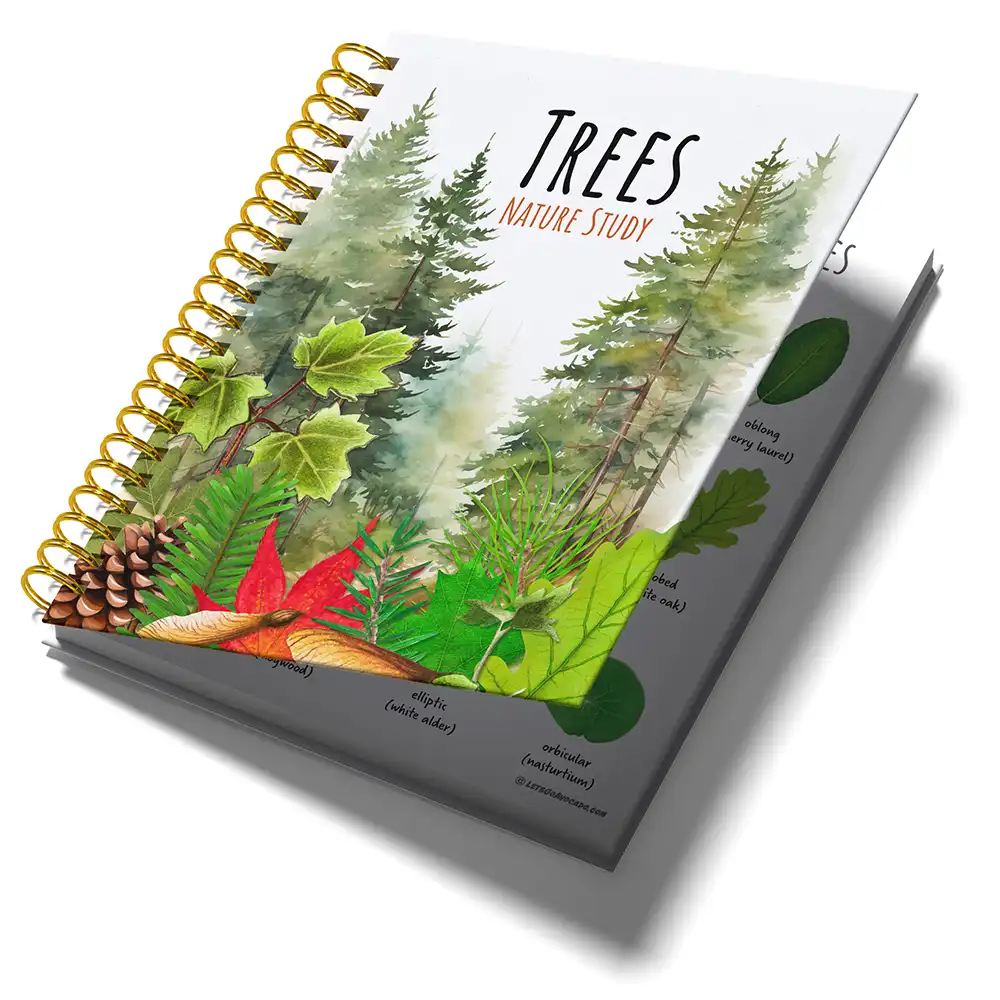This page may contain affiliate links.
Read our disclosure and privacy policy here.
Ever wondered how tall trees can grow? In this article, we’re going to explore the towering world of coniferous trees. These are the trees with needles and cones, and they can grow really, really tall. We’ll check out different types of coniferous trees, like pines and firs, and see just how high they can reach. And then, hold onto your hats, because we’re going to reveal the tallest coniferous tree in the whole wide world! This tree is so tall, you won’t believe your eyes. So, let’s start our journey and find out more about these amazing needle-covered giants!
Table of Contents
What’s The Tallest Coniferous Tree?
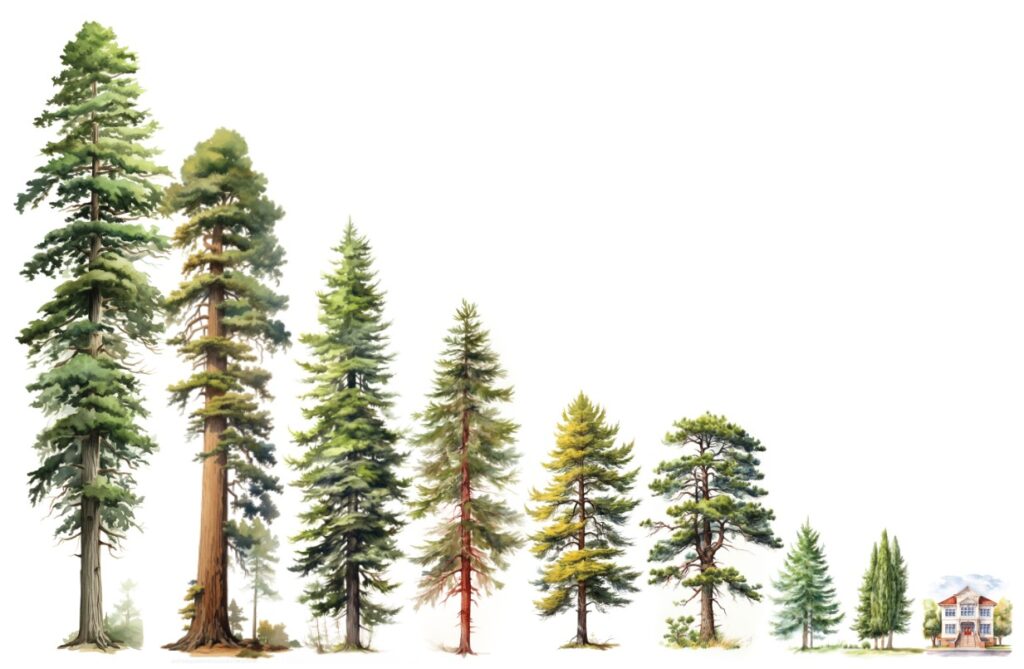
What is a Coniferous Tree?
Coniferous trees are like the evergreen champions of the tree world. These trees are special because they don’t lose their leaves, or needles, in winter like other trees do. Instead, they stay green all year round, which is why we often use them for Christmas trees! Coniferous trees have needles instead of flat leaves and they grow cones, which is where their seeds are. You can find them in lots of places, especially in colder parts of the world where it’s too chilly for other trees to grow. Some examples of coniferous trees are pines, firs, and spruces. These trees are super important because they give us clean air to breathe, homes for animals like birds and squirrels, and some are even used to make things like paper and houses. Let’s take a closer look at a few coniferous trees, and then find out which coniferous tree is the tallest in the world!
Italian Cypress
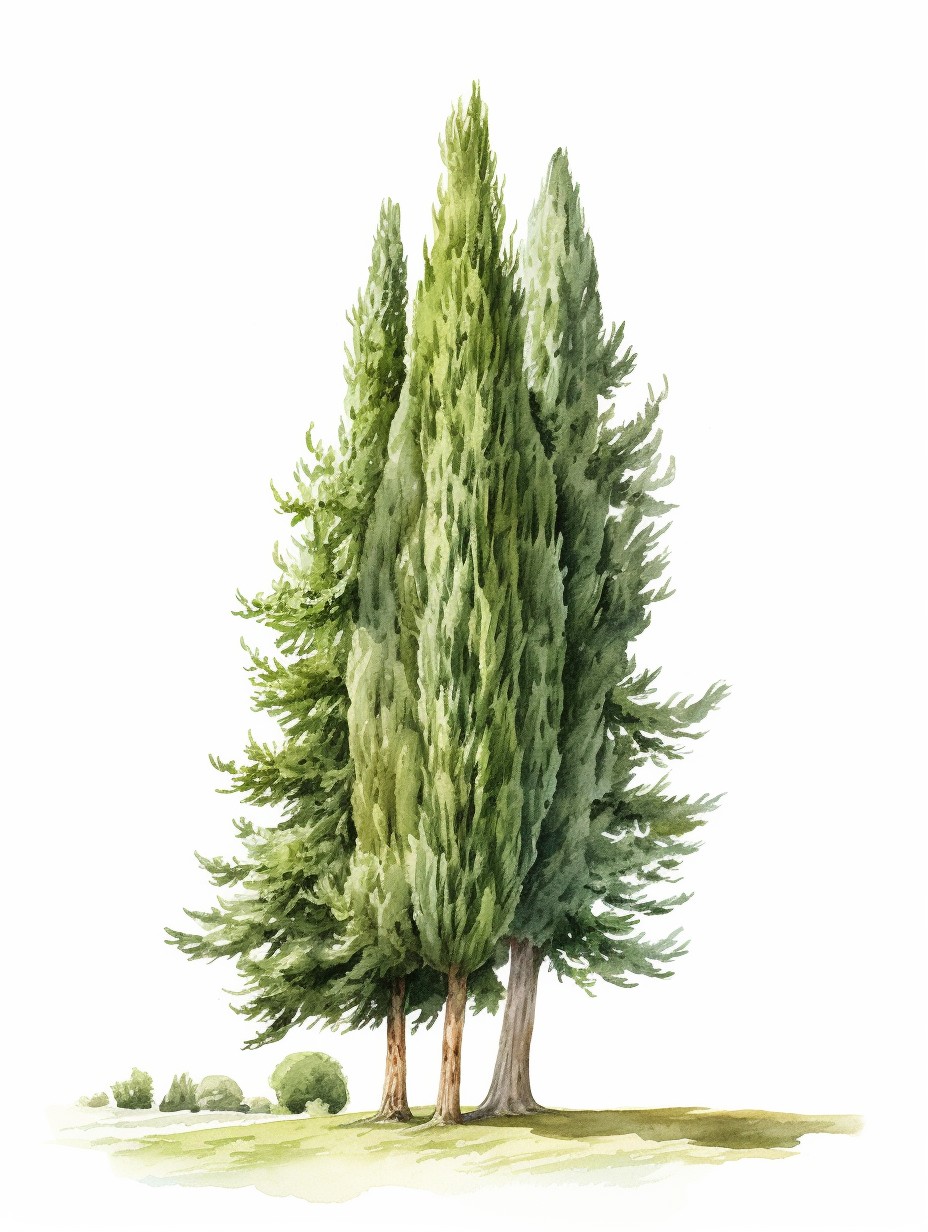
Italian Cypress trees are like tall, skinny towers in the tree world. They grow up to about 40 to 60 feet tall (12 to 18 meters) and are often found in the Mediterranean region. These trees are famous for their slender, column-like shape and are used a lot in gardens and landscapes to make things look fancy. Italian Cypress trees don’t need much water and like sunny places. They’re pretty tough against pests, but sometimes they can get sick from root rot or fungus. People love these trees because they make gardens look really neat and elegant.
White Spruce
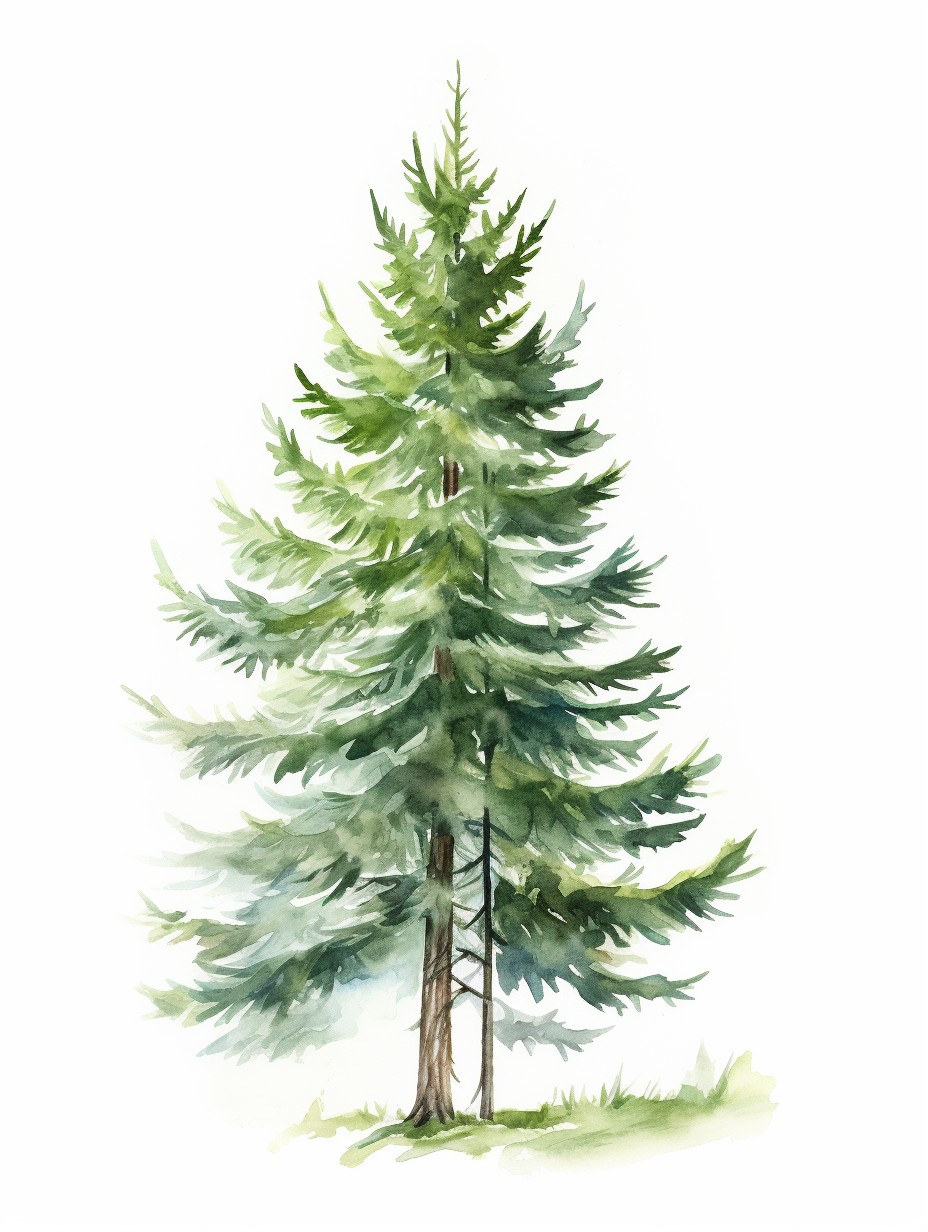
White Spruce trees are the cool, hardy ones. They grow up to 40 to 60 feet (12 to 18 meters) and are found in places like Canada and the northern United States. These trees are super important for animals like birds and squirrels, who live in them and eat their seeds. White Spruces like cold places and can handle tough winters. They’re used for making things like paper and building houses. Sometimes, they’re even picked as Christmas trees because they smell nice and have a pretty shape.
Scots Pine
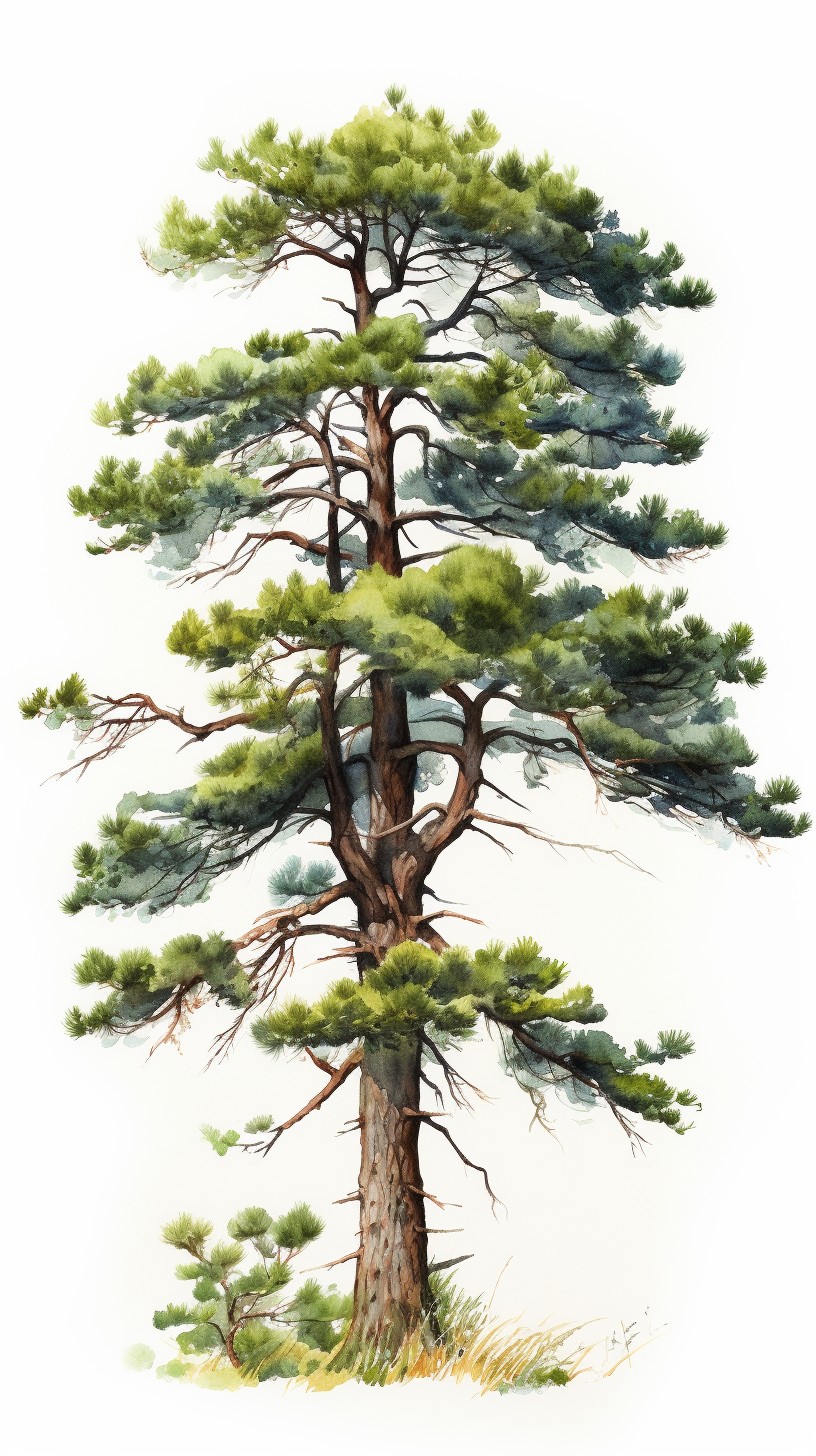
Scots Pine trees are popular and can grow up to 60 to 115 feet tall (18 to 35 meters). You can find them in Europe and Asia, and they’re really important for wildlife. They create homes for birds and bugs and drop pine cones with seeds that animals eat. Scots Pines need sunlight and like sandy or rocky soil. People use them for timber and sometimes for Christmas trees. They’re tough trees, but they have to watch out for pests like pine beetles.
European Larch
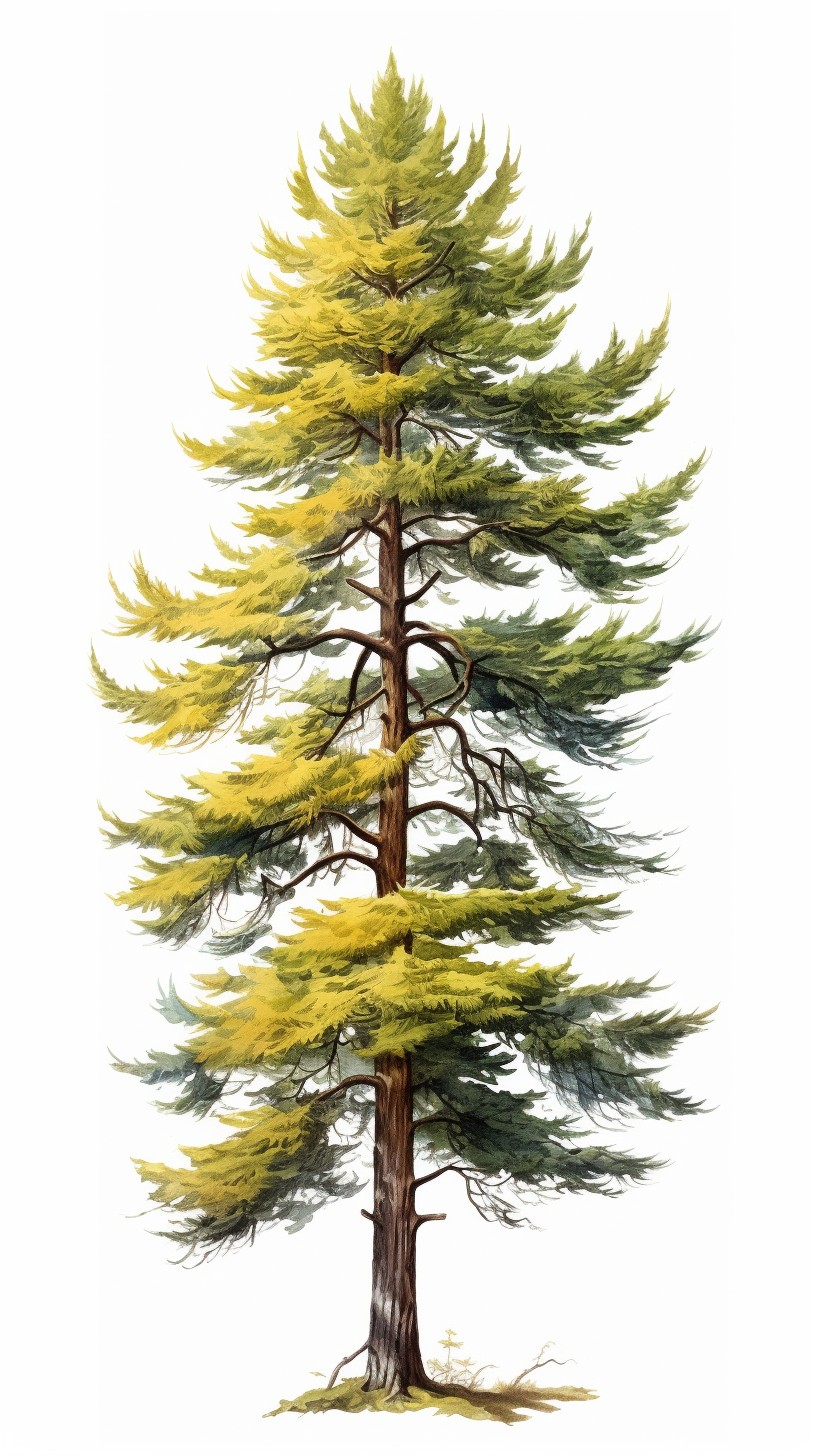
The European Larch is a bit of a show-off. It can grow up to 80 to 140 feet (24 to 43 meters) and is found in Europe’s mountains. What’s cool about this tree is that it’s a coniferous tree but it loses its needles in the winter, which is pretty rare! It likes cold, mountainous places and its wood is super strong and waterproof, making it great for building things like boats and houses. Larches are important for animals like squirrels and birds, who eat their seeds and live in their branches.
Western Red Cedar
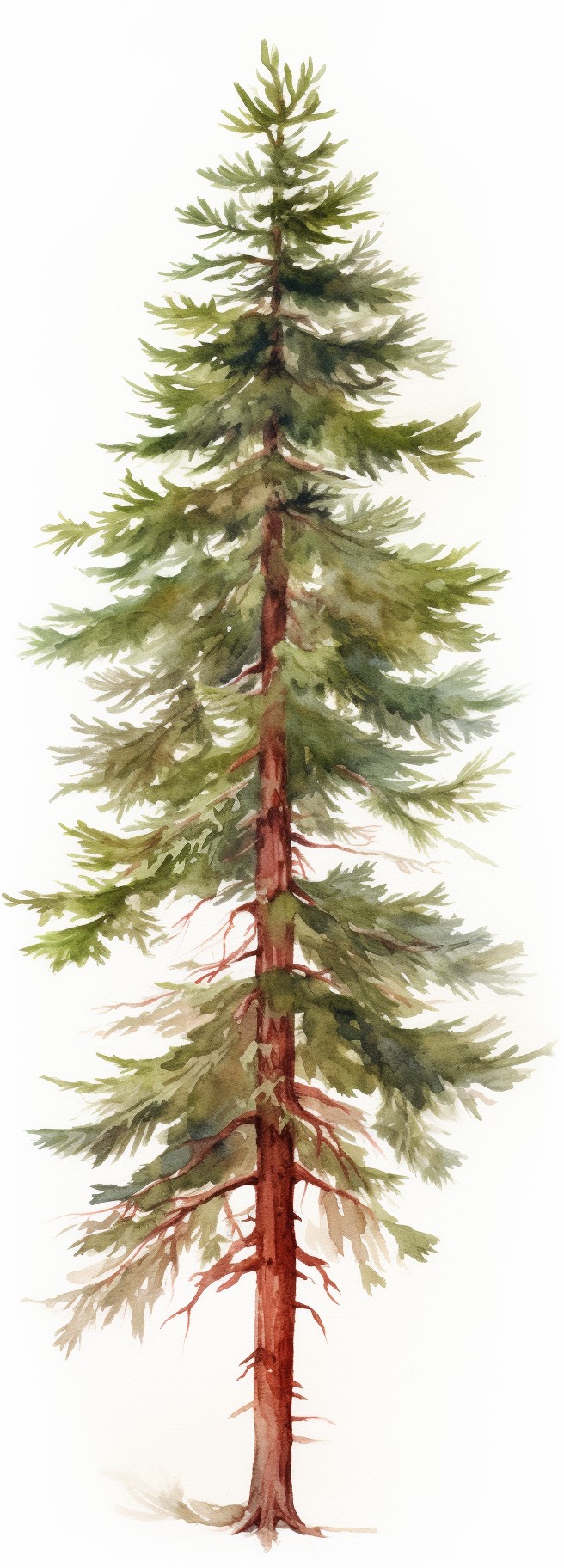
Western Red Cedars are the giants of the Pacific Northwest. They grow up to 130 to 200 feet (40 to 60 meters) tall. These trees are famous for their reddish-brown bark and super strong wood, which is used for all kinds of stuff like building houses, making canoes, and even totem poles. They like moist, rainy places and are really important for the forest’s ecosystemAn ecosystem is a community of living organisms, like insects and birds, and non-living components, like water and rocks, that interact with each other in a specific area. Learn More. Animals like birds and deer hang out in these trees, and they’re vital for protecting the forest’s soil and water.
Douglas Fir

Douglas Firs are some of the tallest trees around. They can grow up to 230 to 330 feet (70 to 100 meters) and are mostly found in western North America. These trees are like the skyscrapers of the forest and are super important for animals like birds and small mammals. Douglas Firs like cool, wet climates and their wood is really strong and used a lot in construction. They’re also popular as Christmas trees because they’re so big and full.
Giant Sequoia

Giant Sequoias are seriously huge! They can grow up to a massive 250 to 300 feet (76 to 91 meters). You can find them in California’s Sierra Nevada mountains, and they’re some of the biggest trees in the world by volume. These trees are really old, some living for thousands of years. Giant Sequoias have thick bark that helps protect them from fires, and they need fire to help their cones open and release seeds. They’re super important for the forest ecosystem and are a big attraction for people who love nature.
Redwood

Now for the grand finale – the Redwood, the tallest coniferous tree in the world! Redwoods can grow up to an incredible 300 to 380 feet (91 to 116 meters). That’s taller than a 35-story building! You can find these amazing trees along the coast of northern California. They can live for more than 2,000 years, making them some of the oldest living things on Earth. Redwoods need a lot of fog and rain, and their wood is really strong and resistant to rot. These trees are home to all kinds of wildlife, from birds and insects high up in their branches to mammals on the forest floor. The Redwood is a true giant, reminding us how amazing and important trees are for our planet.

There’s a lot to explore right where we are, in our own neighborhoods and backyards! Join us while we get off the couch and explore the everyday wonders of nature, science, space, engineering, art, and anything else we stumble upon during on our adventures.



